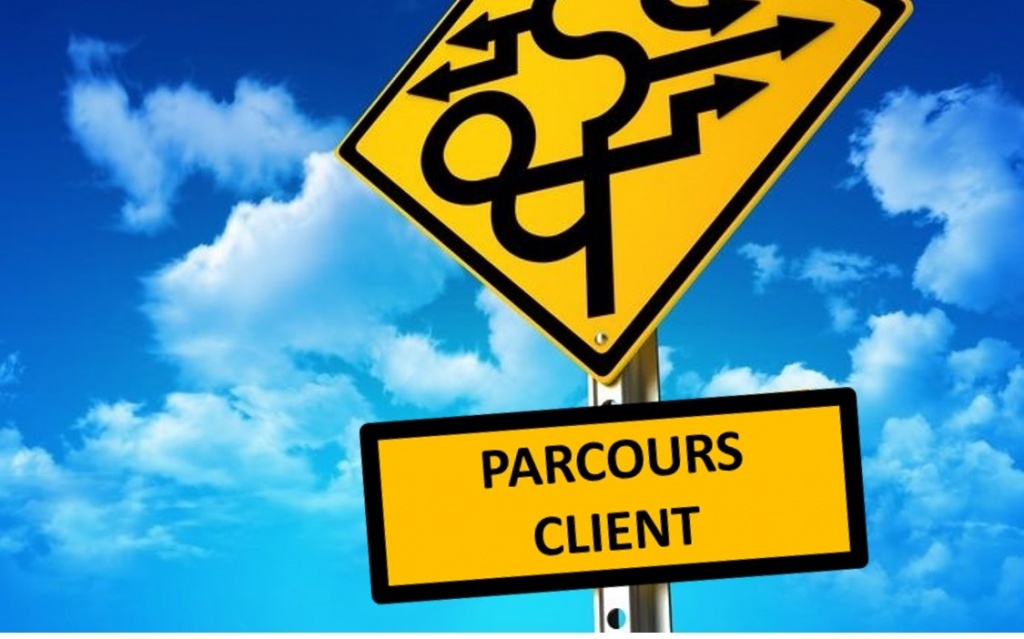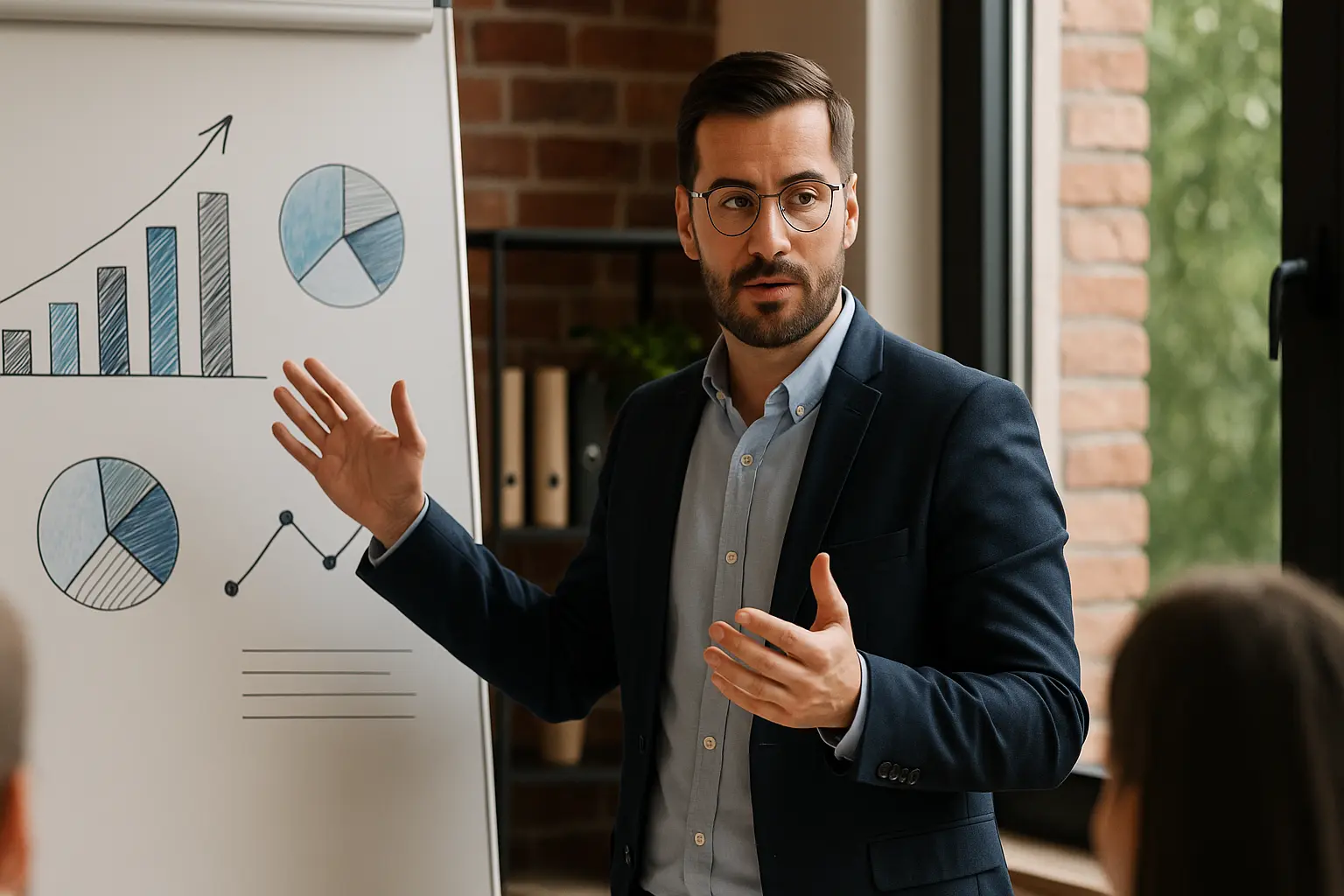Ainsi, les français sont nombreux à pointer une relation avec les marques désormais plus fluide qu’avant, d’après l’édition 2015 du Baromètre AFRC de l’Effort Client. Pourtant, les marques françaises semblent encore très peu convaincantes en matière d’Expérience Client comme le fait apparaître le dernier Customer Experience Index publié par l’institut Forrester… Explication de ce paradoxe apparent.
1- La simplification du parcours client, une première étape en bonne voie
“Pour 60% des Français, le parcours Client en France s’est simplifié, pour la première fois depuis trois ans” indique l’étude AFRC menée par Médiamétrie.
Une vraie bonne nouvelle qui vient récompenser les efforts de nombreuses entreprises engagées dans l’amélioration continue de la relation client !
69 % des parcours client n’ont pas requis d’effort particulier, d’après les personnes interrogées. Une nette progression si l’on s’en réfère aux chiffres de 2014 : à l’époque, seulement 60% des Français estimaient que les marques leur facilitaient la vie. 9 points de gagnés sur une année, c’est une progression significative dont il y a tout lieu de se réjouir !
Attention, cependant : ce chiffre masque de grandes disparités entre les secteurs et en fonction de l’étape du parcours évaluée. Aucun secteur ne ressort comme le « grand gagnant » de cette tendance à l’amélioration, mais plusieurs d’entre eux en bénéficient, notamment sur des points précis tels que :
-
- l’utilisation de la carte de fidélité pour les magasins de la grande distribution
- l’achat en ligne dans le e-commerce,
- l’activation d’un compte bancaire
- ou encore la signature d’un nouveau contrat d’énergie (électricité ou gaz).
On remarque que si les étapes liées à la souscription ou à l’achat ont fait l’objet d’une grande attention de la part des entreprises en vue de réduire l’effort client, on ne peut pas en dire autant de la résiliation ! Cette dernière reste l’un des moments les plus les plus difficiles du parcours pour 41% des clients, dans le domaine de l’assurance, notamment !
2- Le multicanal vécu comme un facilitateur, qui n’entraîne pas la mort des magasins
Si les parcours clients semblent aujourd’hui simplifiés pour bon nombre de français, cela provient notamment de la facilitation apportée par le multicanal. En 2014, la poussée de l’omnicanal était constatée par l’AFRC et s’invitait dans le quotidien, mais elle suscitait plutôt des craintes : disparition du commerce physique et de proximité, complication des parcours d’achat liée à une mauvaise maîtrise des différents canaux par les entreprises (manque de cohérence entre eux).
Aujourd’hui, ces craintes semblent bel et bien évaporées et les consommateurs en demandent plus, d’après Eric Dadian, président de l’AFRC, qui s’exprime dans les colonnes du journal Les Echos :
« La liberté de parcours s’est démultipliée. L’éventail des possibilités aide le consommateur à trouver les voies les plus adaptées pour lui. Le baromètre révèle aussi qu’une part d’entre eux serait prête à payer davantage pour un service client de meilleure qualité ».
Les consommateurs ont plus de choix grâce aux différents canaux, et ne boudent pas pour autant les magasins physiques. Certes, le canal web est cité en premier à 59% dans la recherche d’informations, mais la visite d’un point de vente (18%) est néanmoins en hausse. Ce retour vers le magasin est palpable dans certains secteurs, et notamment celui de la téléphonie. Les français privilégient l’échange en direct et personnalisé lorsqu’il s’agit de renouveler leurs mobiles.
3- Pourtant, une Expérience Client encore loin d’être satisfaisante !
Peut-on dire pour autant que tout va bien dans le meilleur des mondes ? Que les parcours clients sont enfin en adéquation parfaite avec les attentes des consommateurs grâce au multicanal et que leur expérience s’en trouve sensiblement améliorée ?
Ce n’est pas ce que suggèrent les résultats du dernier Customer Experience Index publié par l’institut Forrester… bien au contraire ! Ce baromètre annuel classe 203 marques européennes issues de huit secteurs d’activité selon la qualité de leur expérience client et la fidélité des consommateurs.
En France, les lauréats ne s’en tirent pas avec les félicitations du jury, puisque 55% de marques sont classées “médiocres” et pas une seule d’entre elles ne délivre une expérience de niveau supérieur : la MAIF, Yves Rocher et le Crédit Mutuel Assurance, les trois marques françaises qui ressortent les mieux classées dans l’index, sont gratifiées d’un simple “acceptable”. Des résultats médiocres partagés par d’autres pays européens tels que le Royaume-Uni ou l’Allemagne.
Un constat décevant, surtout lorsque l’on sait que les 3/4 des dirigeants français disent placer l’amélioration de l’expérience client en tête de leurs de priorités stratégiques !
4- Pourquoi ce résultat apparemment paradoxal ?
L’étude Forrester indique que le vecteur le plus important de qualité de l’expérience client est le facteur émotionnel. La prise en compte de cet aspect « émotionnel » dans les interactions et relations avec les clients est d’ailleurs ce qui différencie la notion d’expérience client de celle de satisfaction client par exemple (pour mémoire à ce sujet, vous pouvez relire notre article Etes vous sûr de maîtriser les 3 approches clés pour fidéliser vos clients? ).
Il semble que ce soit là que le bât blesse pour nos entreprises, qui se sont avant tout saisies du levier « efficacité » dans leur mode d’amélioration du parcours client. L’émotion est certainement une notion dont elles ont plus de mal à s’emparer : elle est par définition moins « rationnelle » et semble de ce fait peu maîtrisable et mesurable.
Pourtant, c’est bien sa prise en compte systématique et durable qui produit les effets les plus tangibles et les plus marquants en matière de fidélité client ! Certains secteurs s’en sont aperçus depuis longtemps et tirent bien mieux leur épingle du jeu : c’est le cas notamment du secteur des assurances et mutuelles, dont sont issus 7 des 13 marques les mieux notées dans l’index Forrester !
Si une étape importante semble avoir été franchie en matière de simplification des parcours clients, il reste donc néanmoins encore du travail en matière d’amélioration de l’expérience client. Un défi qui suppose de se pencher avec attention sur le sujet de l’écoute et de la compréhension client également : aux Etats-Unis, une étude publiée par IBM au premier trimestre 2015 indiquait ainsi que 81% des entreprises sondées pensent avoir une vision complète de leurs clients mais que seulement 37% d’entre eux confient que l’entreprise les comprend vraiment… Le décalage est donc bien réel, même si l’écart se réduit.
KESTIO accompagne de nombreuses entreprises (de l’ETI au Grand Groupe) sur ces sujets :





